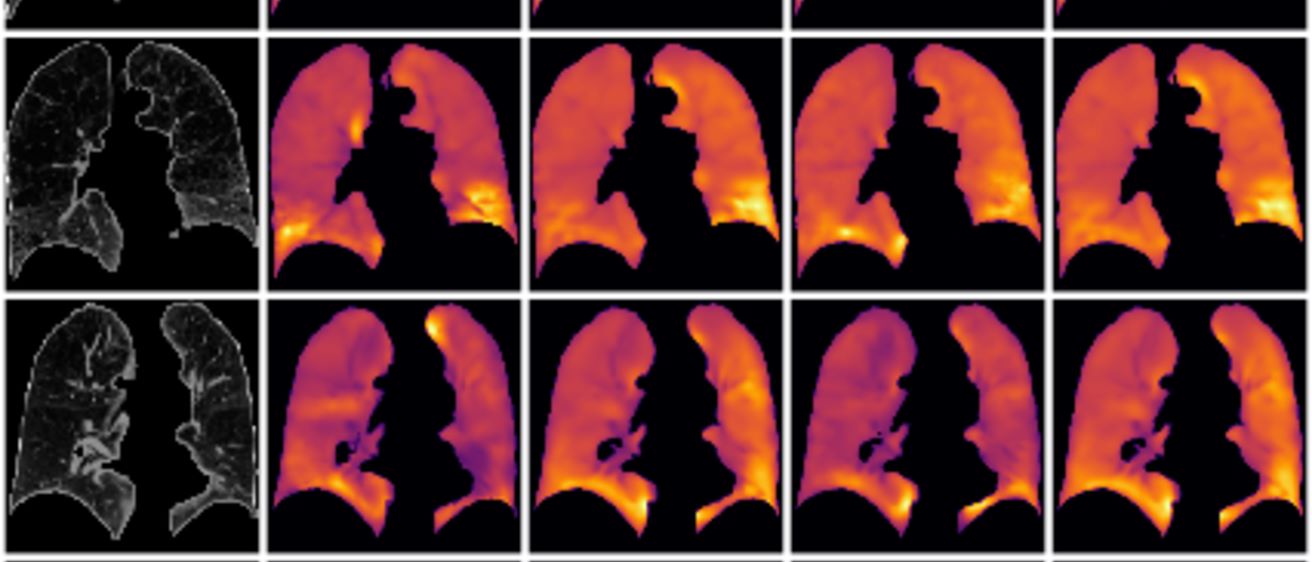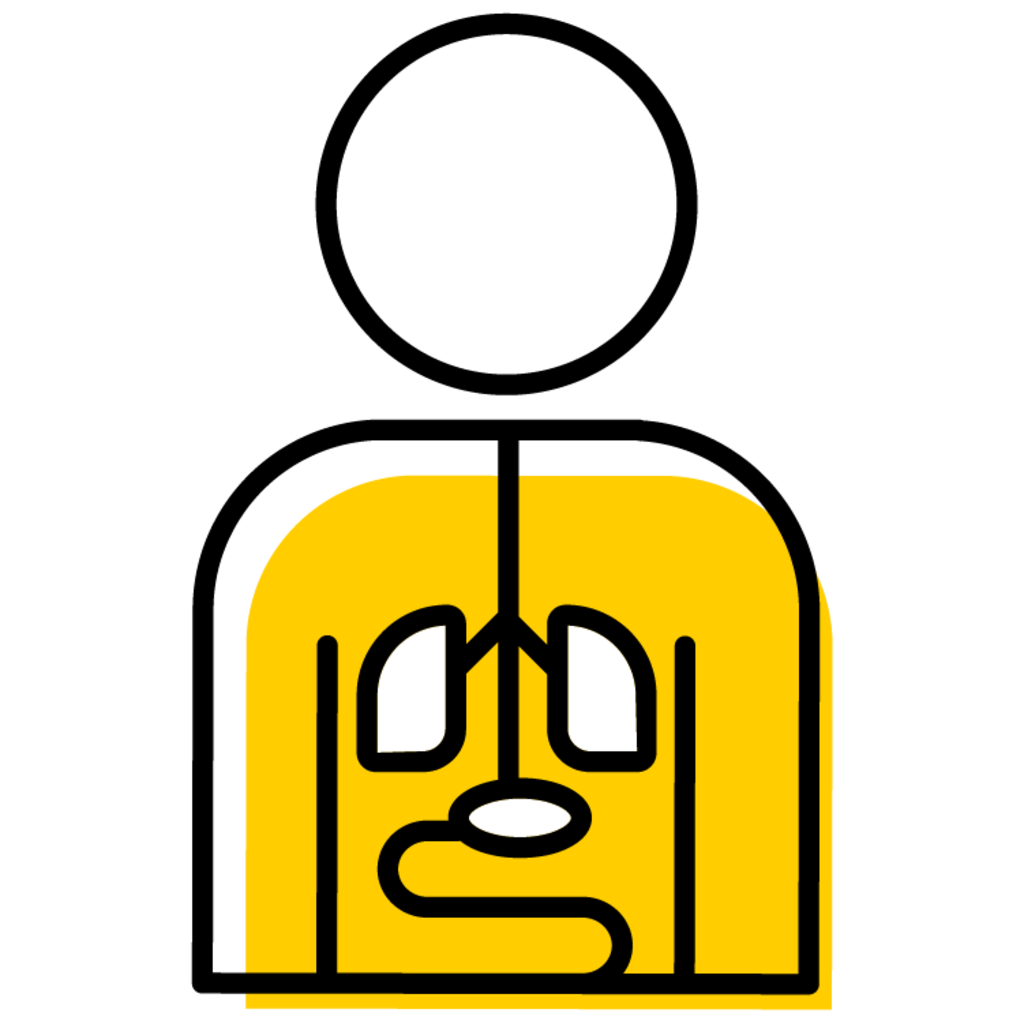Main navigation
What is Bioimaging?
Bioimaging represents the acquisition, processing, and visualization of structural or functional images of living systems. Medical imaging modalities are many, including but not limited to: X-ray, ultrasound, MRI and fMRI, CT, and PET. Medical imaging and image processing are integral to the extraction of anatomical and biological information from the systems level down to the molecular level with the goal of clinically seeking to reveal, diagnose, or examine diseases, as well as to the study of normal anatomy and physiology. Image processing techniques, such as segmentation, registration methods, feature recognition and classification represent an indispensable component of bioimaging.

Associated BME Faculty

Four-Year Plan and BME Career Info
for all focus areas
Focus Area Criteria
Each focus area consists of the following criteria:
- Required Courses: Complete four mandatory courses within your focus area.
- Engineering Topics: Select and complete two courses from the designated list of engineering topics relevant to your focus area.
- Electives: Choose five additional elective courses. These electives may be selected from:
- The suggested electives list (see the curriculum map document above)
- Courses required for a minor or certificate
- Up to 3 semester hours of research credit
- Other courses not listed, provided they receive approval from your academic advisor and the Biomedical Engineering (BME) department
- Bioimaging students can use this guide for selecting courses with machine learning content
Approval for these electives is obtained through the submission of the Plan of Study form. Each student is encouraged to tailor their Plan of Study to include a cohesive set of courses that align with their personal career objectives. Faculty advisors are available to assist students in selecting the most appropriate courses for their Plan of Study. The focus area courses are in addition to the other BME degree requirements, which include engineering courses, math and science courses, general education courses, and seminars.
Example curriculum maps are provided for students interested in the following areas. Note that these are a suggested set and sequencing of elective courses; students can modify the courses and timing of the courses as desired based on their interests.


